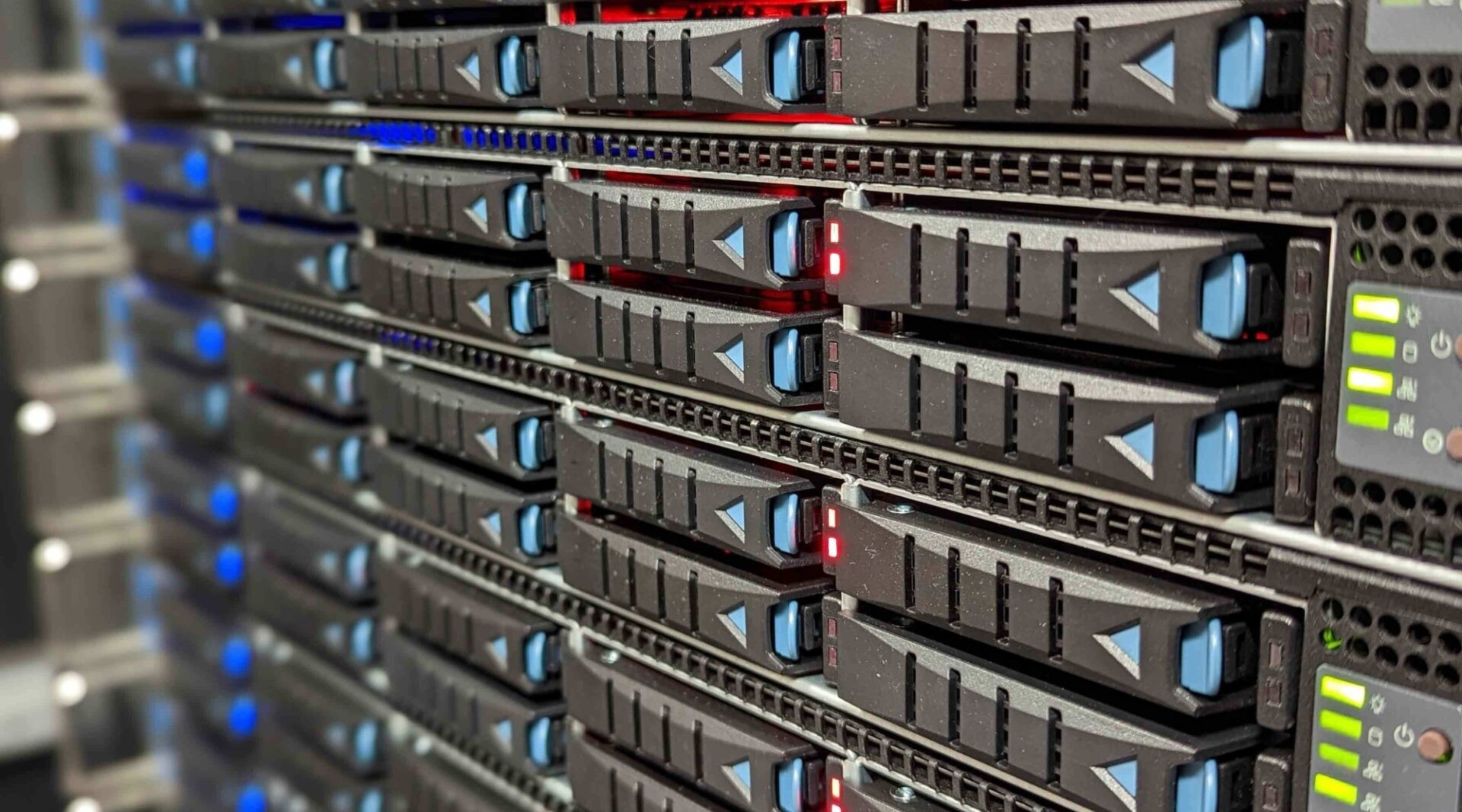Data
Highlights
- Rubin Observatory generates about 20 terabytes of data every 24 hours—it would take you over three years of watching Netflix, or over 50 years of listening to Spotify, to use that amount of data.
- It takes just 60 seconds to transfer an image from Chile to California in the US, compare the new image to older images to identify changes, and generate alerts based on those changes.
- At the end of the ten-year Legacy Survey of Space and Time, Rubin Observatory will have generated about 60 petabytes (60,000,000 gigabytes) of raw image data. Considering that the human brain can store about 2.5 petabytes of memory data, that’s the equivalent of every single memory of 24 people, combined!
Rubin Observatory generates so much astronomical data that it requires a complex system to transport the data off the summit of Cerro Pachón and process them into information astronomers and astrophysicists can use to do science.
Whenever the camera in Rubin Observatory takes an image, the data from that image travel down the mountain to the town of La Serena on high-speed, fiber-optic cables that were installed specifically for Rubin Observatory. From there, thanks to partnerships with public (Chile has a robust research and education digital network), and private utility companies, the data continue to the United States, eventually reaching SLAC National Accelerator Laboratory in California. SLAC has the infrastructure to quickly do the initial processing of Rubin Observatory data, which includes comparing new images to older images to identify the changes that have occurred from night to night, and even hour to hour. The data processing software at SLAC generates an alert every time a change is detected, and changes happen more frequently than you might expect—about 10 million times every night! The entire process, from image to data transfer to alert, happens in less than 60 seconds.
Because Rubin Observatory generates so much data—trillions of lines of numbers and observations—a scientist can't download the entire data set to a single computer and analyze it (which is the way scientists have historically worked with digital telescope data). Instead, Rubin Observatory data are housed at data centers around the world, and scientists access them through their computer browsers using the Rubin Science Platform. This online portal provides a simple user interface and tools that allow scientists to access and filter the data according to their specific areas of interest.
This distributed and cloud-based way of storing and accessing astronomy data opens the process of science to a much bigger group of people. Traditional methods of doing astronomy, like reserving telescope time or downloading large data sets with powerful computers, excluded people who didn't have easy access to these resources. With Rubin Observatory, all it takes is an internet connection and the desire to do science using some of the most cutting-edge tools available. Rubin Observatory also provides tutorials for scientists new to the Rubin Science Platform and access to a thriving online community of scientists working together to solve problems and get the most out of Rubin data.
Help scientists make discoveries
What good is a giant data set if we don't have as many eyes on it as possible, ready to make discoveries? That’s where you come in—the more people looking for particular objects or patterns in the data, the more questions we can answer. Explore real science projects and contribute to astronomy and astrophysics today!

